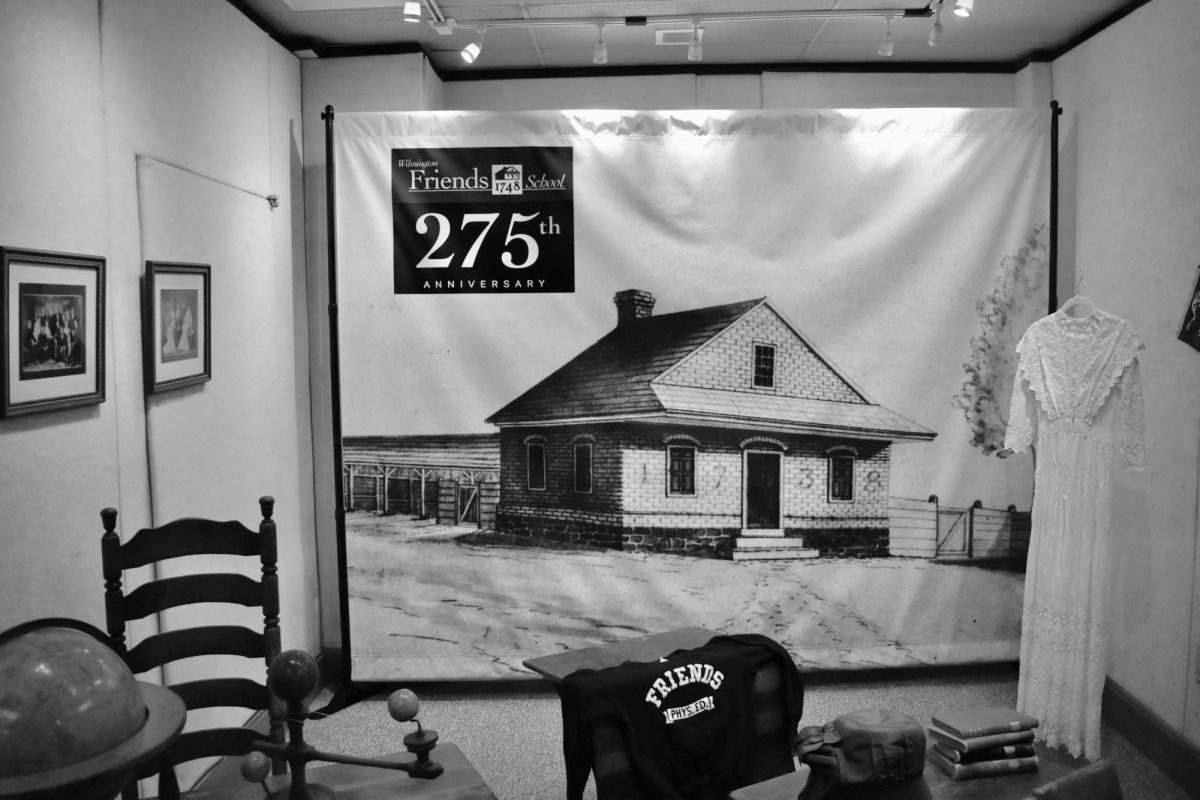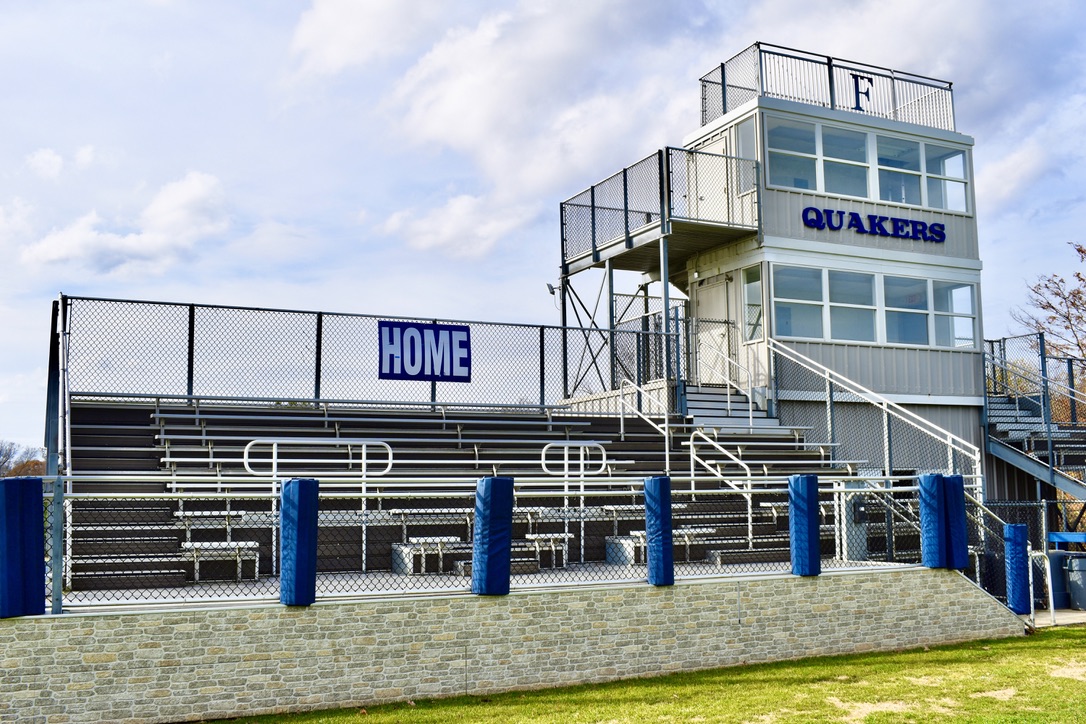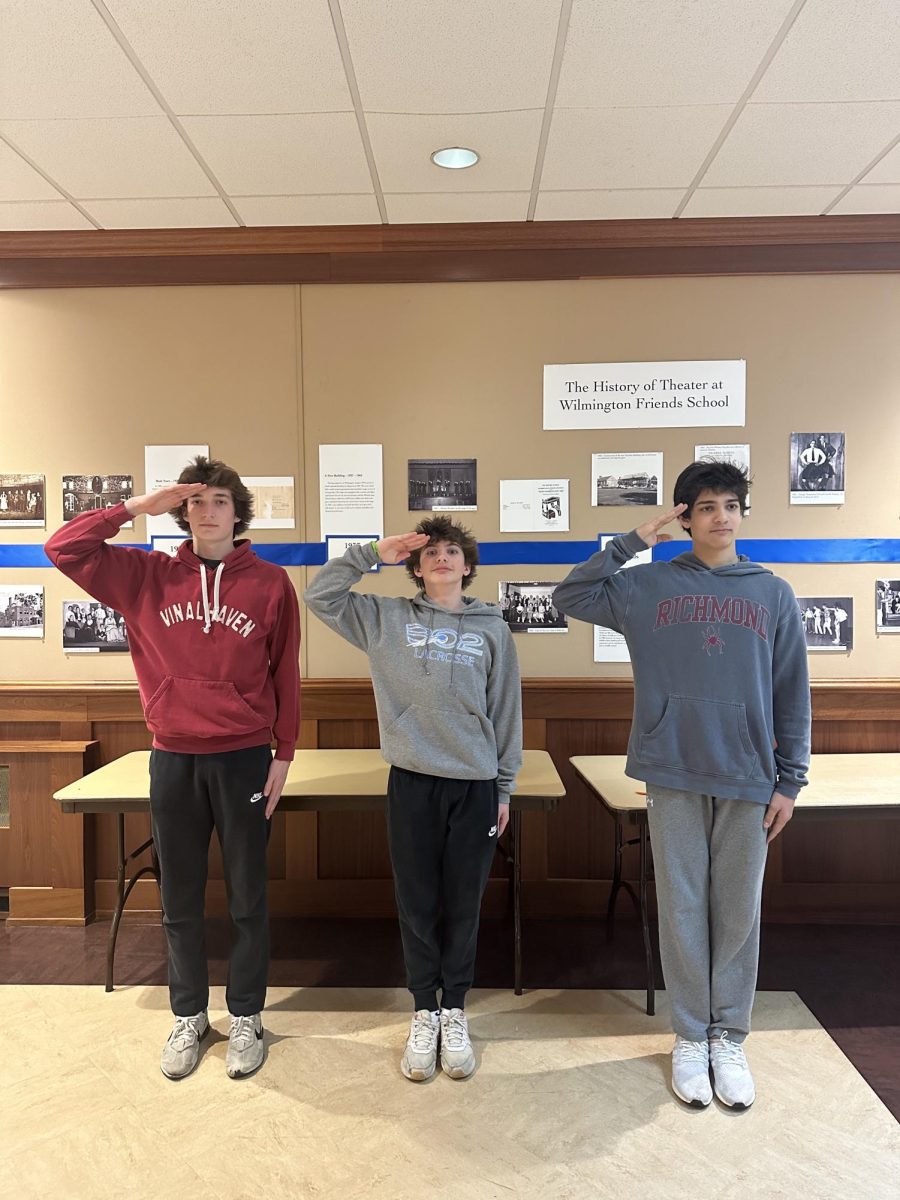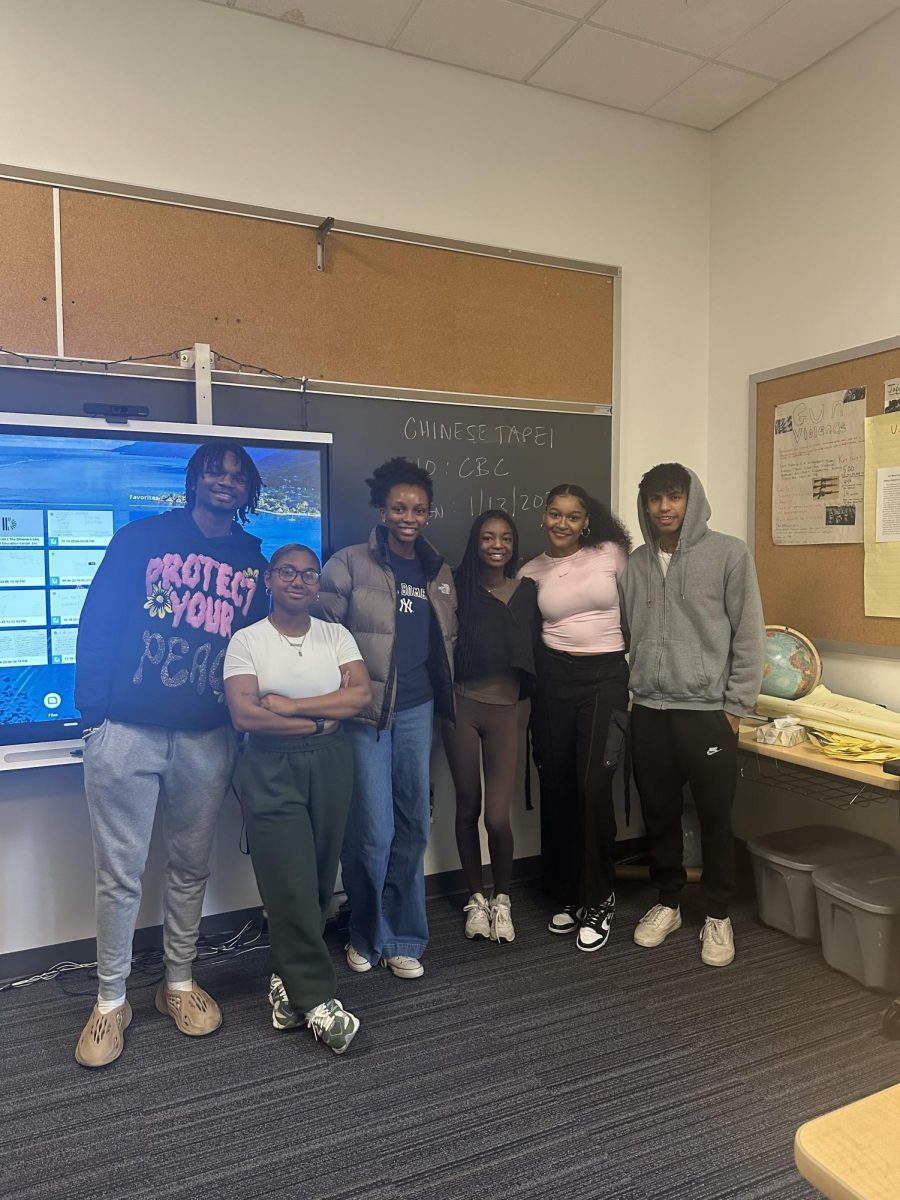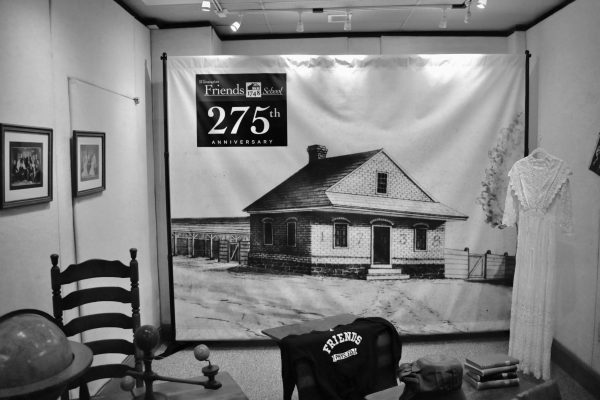Friends Contemplates ‘Murdertown USA’ Headline
March 2015
As many residents of this city are probably aware, Wilmington, Delaware is frequently listed as one of the most dangerous cities in America, owing to its high crime rate. This year, Wilmington once again ranked third on the FBI’s annual list of most violent cities, among 450 cities of comparable size. In 2014, twenty-three homicides occurred and 135 people were shot. Delaware has about 5,700 people in prison, with about twenty-three percent of those held because they cannot post bail while awaiting trial. Councilman Michael Brown, head of City Council’s Public Safety Committee, commented, “Criminals seem to think they have the upper hand…The numbers show that Wilmington still is in a bad rut with crime. I’m baffled and frustrated.”
The crime in Wilmington is most concentrated in discrete neighborhoods like Hilltop, Eastside, and Browntown. These neighborhoods are very small, covering only a few blocks. They are only centered around public housing developments or a group of blocks. To an outsider, the borders between these neighborhoods may not be apparent, making the area dangerous for someone who doesn’t know when they are entering the territory. Territorial drug dealing is fundamental to the cause of murder in the area, as these neighborhoods serve as drug dealing areas. Also, young teenage boys frequently have access to firearms. The high school dropout rate is now sixty percent in the city school districts, leaving young people on the streets instead of in school. Chief Justice Leo E. Strine Jr. addressed the role of race in the city’s crime rates at the Martin Luther King breakfast on January 19th at the Riverfront. Strine noted that forty-four percent of Delaware’s dropouts are black and black unemployment is twice that of whites. About twenty-two percent of Delaware’s residents are black, but nearly six in ten people in Delaware prisons are black. Young black males without an education or male role models are trapped in a cycle of violence and crime. With guns and drug dealing on almost every corner, they have a slim chance of getting out of Wilmington.
On December 9th, 2014, Newsweek published an article called Murder Town USA (aka Wilmington, Delaware). The author, Abigail Jones, describes a city where neighborhoods engulfed in crime lay in the shadows of gargantuan DuPont businesses and mansions. From the safety of classrooms in Alapocas, it is easy to forget the crimes that transpire only a few miles away. Though the neighborhoods where violence is most highly concentrated are not close to Alapocas, they are near the pool where the school’s swim team practices and they are close to the Riverfront, a recreational area with attractions such as the new outdoor skating rink and IMAX theater. Because of violence, the city of Wilmington is now suffering from the loss of major businesses like DuPont. Much of Wilmington’s wealth is dependent on the DuPont franchise. A Wilmington Friends School parent working downtown expressed her concern: “There’s a real lack of economic opportunity. They have very few male role models because of the disproportionate number of black males in prison or dead. You would like to think that we would be concerned as a community about gun violence even if it does not affect us directly, but the media has only now started to pay attention, as it threatens corporate Wilmington.” WFS students are also concerned about the headlines: “It isn’t easy to take pride in the place where you live when it’s called ‘Murder Town USA’. Wilmington has become incredibly dangerous. I’ve grown up here, and I hate how much of a bad place it has become. I know someone who lives in a pretty dangerous area. I’m always worried about him, and can’t imagine being afraid to leave your house. We always hear about cities like that in parts of New York or Michigan, but we don’t realize places like that are in our backyards. I want the image of Wilmington to change and for us to change the world. There’s so much creativity and potential here, and I just wish we could harvest that instead of breeding hate,” said Myla Brilliant ‘17.
Living in a city referred to as “Murder Town USA”, the citizens of Wilmington should take interest in making a change. Alapocas is not far from a community where teenagers experience a vicious cycle of violence and crime. From the safety of WFS classrooms, it is often easy to forget about the nearby violence, but as a community, Wilmington should be concerned with repairing the lives of its citizens and ending the ‘Murder Town USA’ reputation. As Chief Justice Strine mentioned earlier, other government employees should focus more on repairing the run down inner-city and initiating programs to help the youth in these areas.

